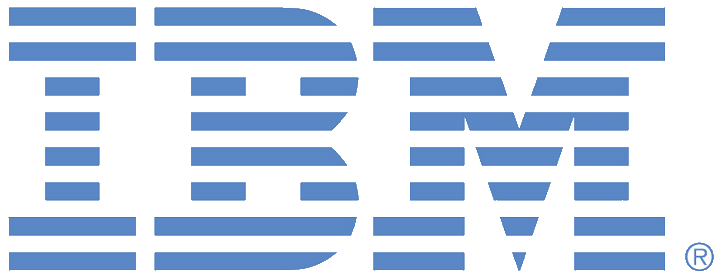
After years of proclamations from so-called experts that “legacy” tech vendors would flounder and die in the cloud, the combined market caps of the four seasoned citizens on the Cloud Wars Top 10 has topped $5 trillion and matched the total valuations of the six cloud-natives on the list.
So who cares? Is that really anything more than a silly arithmetic game?
Well, in a business world where disruptive changes occur not only more rapidly but also more intensely, it’s probably pretty valuable to understand that market incumbents that can recognize, assimilate, and optimize powerful new technologies can innovate at scales that the newbies can only dream about.
And as new technologies burst forth into existence more rapidly than ever before, it’s probably pretty important to recognize that nimble and opportunistic incumbents can leverage the latent potential of those shiny new objects with more impact and innovation than any combination of slick and hip startups can.
While the examples I’m about to share are rooted deeply in the tech industry, we’re seeing this play out across every industry: retail, financial services, logistics, manufacturing, healthcare and more. The big takeaway is that while incumbents might be old in calendar years, the best ones are also young at heart in adapting to and even inspiring new business models, new market opportunities, and new realities.

AI Agent & Copilot Summit is an AI-first event to define opportunities, impact, and outcomes with Microsoft Copilot and agents. Building on its 2025 success, the 2026 event takes place March 17-19 in San Diego. Get more details.
Let’s look at how the companies in the Cloud Wars Top 10 break out:
| Incumbents | Market Cap | Age | Cloud Natives | Market Cap | Age |
|---|---|---|---|---|---|
| Microsoft | $3.71T | 50 yrs | Amazon | $2.37T | 31 yrs |
| Oracle | $667B | 48 yrs | Alphabet | $2.19T | 27 yrs |
| SAP | $370B | 53 yrs | Salesforce | $260B | 26 yrs |
| IBM | $271B | 114 yrs | ServiceNow | $216B | 21 yrs |
| Snowflake | $74B | 13 yrs | |||
| Workday | $65B | 20 yrs | |||
| TOTALS | $5.02T | 265 yrs | TOTALS | $5.17T | 138 yrs |
With the benefit of hindsight, we can say things like “Oh, this was inevitable — those incumbents had people and money and customers and experience and talent, so it’s no surprise that they thrived with the onset of first the cloud and then AI.”
But back when the cloud was just starting to rock the business world and totally reshape the tech industry, that future was anything BUT inevitable, particularly in the eyes of a lot of industry analysts and market-watchers who insisted — with extreme confidence in spite of a total absence of insight or imagination — that the incumbents were doomed, that they were on a one-way trip to the tar pits, that this new cloud stuff was so new and cool and different and hip that the stuffy old boomer dudes and dudettes would never catch on.
And boy oh boyzee were those “experts” wrong!
Final Thought
Maybe I think this is important because I’m an old geezer myself, and I want to try to concoct a reality wherein I am somehow still relevant.
Maybe.
And maybe both the business world and the tech world are coming to realize that even the most totally and extremely awesome shiny object in the world doesn’t amount to a hill of beans unless it can be applied in the real world at real scale to drive real business outcomes.
And that’s a perspective that will always be relevant.
And shiny.
Ask Cloud Wars AI Agent about this analysis













